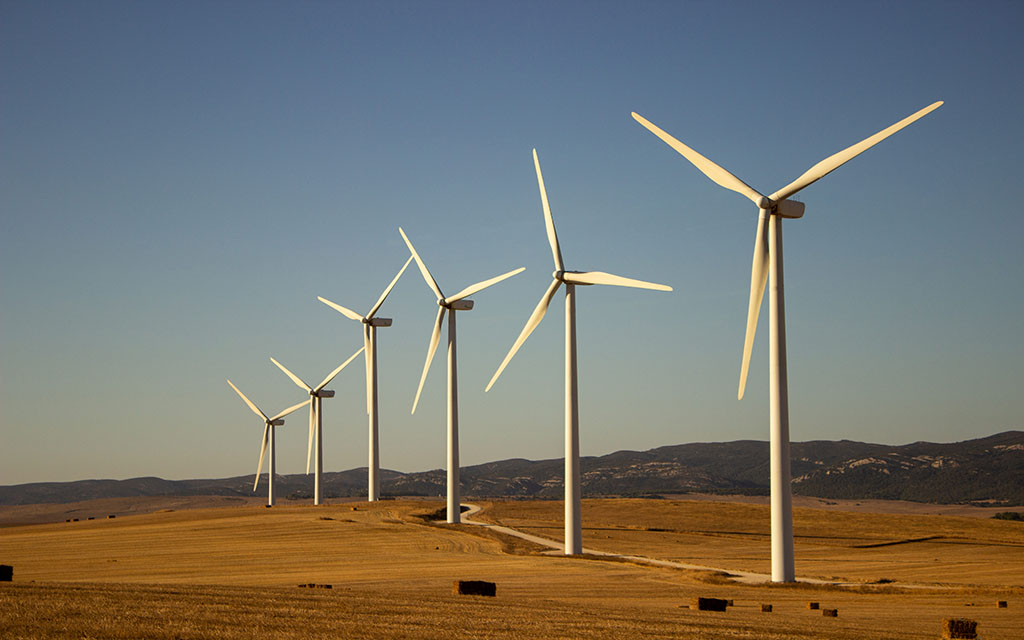What is Wind Turbine Power and How Does it Work?
Wind turbine power is a form of renewable energy that has gained popularity in recent years. It involves using the power of wind to generate electricity, which they then power to homes and businesses. In this guide, we'll explore how wind turbine power works, its benefits, and some of the challenges associated with this technology.
What is wind turbine power?
Wind power generator is a renewable energy source that harnesses the power of wind to generate electricity. Wind turbines consist of large blades that rotate when the wind blows, which in turn powers a generator that produces electricity. This electricity can then be used to power homes, businesses, and even entire communities. Wind turbine power is a clean and sustainable energy source that helps reduce our reliance on fossil fuels and decrease our carbon footprint.
How do wind turbines work?
Wind turbines work by harnessing the power of wind to generate electricity. Using the blades of a turbine to capture the kinetic energy of the wind and convert it into rotational energy. As the blades spin, they turn a shaft that is connected to a generator, which produces electricity. The amount of electricity generated depends on the speed and consistency of the wind, as well as the size and design of the turbine. Technicians typically install wind turbines in areas with high wind speeds, such as coastal regions or open plains.
Types of wind turbines.
There are two main types of wind turbines: horizontal-axis turbines and vertical-axis turbines. Horizontal-axis turbines are the most common and have blades that rotate around a horizontal axis. They are typically larger and more efficient than vertical-axis turbines. Vertical-axis turbines have blades that rotate around a vertical axis and are often used in urban areas where space is limited. They are less efficient than horizontal-axis turbines but can still generate electricity in low wind speeds and turbulent conditions.
Benefits of wind turbine power.
Wind power generator is a renewable energy source that has many benefits. It is a clean source of energy that does not produce harmful emissions or pollutants, making it environmentally friendly. It is also a sustainable source of energy that does not deplete natural resources. Wind turbine power can also help to reduce dependence on fossil fuels and decrease carbon emissions, which can help to mitigate the effects of climate change. Additionally, wind turbine power can provide economic benefits by creating jobs and stimulating local economies.
Challenges and future of wind turbine power.
While has many benefits, there are also challenges to its implementation and future growth. One challenge is the intermittency of wind, which means that wind turbines can only generate electricity when the wind is blowing. This can make it difficult to rely solely on Wind power generator for energy needs. Additionally, wind turbines can be expensive to install and maintain, which can be a barrier to entry for some communities. However, advancements in technology and government incentives for renewable energy are helping to address these challenges and make Wind power generator a more viable option for the future.
